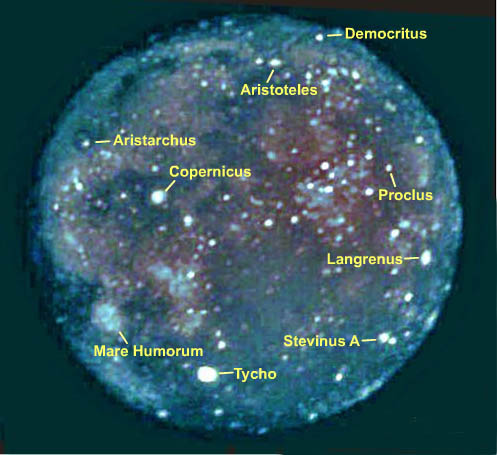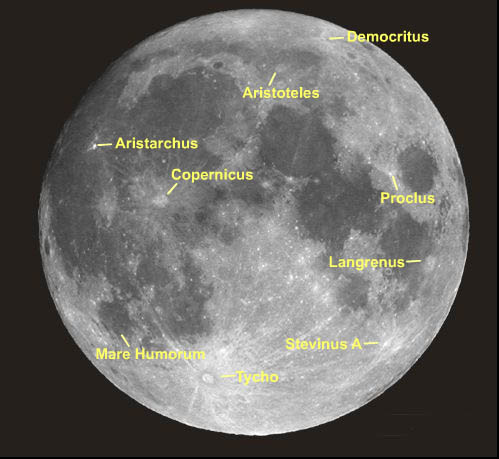Difference between revisions of "May 13, 2005"
(Created page with "__NOTOC__ =Hotspots Identified!= <table width="85%" border="0" align="center" cellpadding="6" cellspacing="2"> <tr> <td width="50%"></td> </tr> </table> <table width="85...") |
|||
| (12 intermediate revisions by the same user not shown) | |||
| Line 1: | Line 1: | ||
__NOTOC__ | __NOTOC__ | ||
=Hotspots Identified!= | =Hotspots Identified!= | ||
| − | + | <!-- Start of content --> | |
<table width="85%" border="0" align="center" cellpadding="6" cellspacing="2"> | <table width="85%" border="0" align="center" cellpadding="6" cellspacing="2"> | ||
| − | + | <tr> | |
| − | + | </tr> | |
| − | |||
</table> | </table> | ||
<table width="85%" border="0" align="center" cellpadding="6" cellspacing="2"> | <table width="85%" border="0" align="center" cellpadding="6" cellspacing="2"> | ||
| − | + | <tr><td colspan="2" valign="top"><div align="center"> | |
| − | + | <!-- Mouse style 1 --> | |
| − | + | {{HoverImage|LPOD-2005-05-13.jpeg|LPOD-2005-05-13b.jpeg}} | |
| − | + | </div></td> | |
| − | + | </tr> | |
| − | |||
| − | |||
</table> | </table> | ||
<table width="80%" border="0" align="center" cellpadding="8"> | <table width="80%" border="0" align="center" cellpadding="8"> | ||
| − | + | <tr><td><div align="center" class="main_sm"><p>Image Credit: [mailto:bill@bblevins.com Bill & Julie Blevins]</p> | |
| − | + | </div></td> | |
| − | + | </tr> | |
| − | + | </table> | |
<br> | <br> | ||
<table class="story" border="0" bgcolor="#FFFFFF" width="90%" cellpadding="10" align="center"><tr><td> | <table class="story" border="0" bgcolor="#FFFFFF" width="90%" cellpadding="10" align="center"><tr><td> | ||
| − | + | <p align="center"><b>Hotspots Identified!</b></p> | |
| − | + | <p align="left">LPOD for [[April_28,_2005|April 28]] featured a red Moon created by the MSX satellite that imaged infrared radiation as the Moon cooled during an eclipse. My strong enhancement of the image revealed many hot spots that were probably due to bare rock surfaces inside the youngest craters on the Moon. I ended the LPOD by hoping that somewhat would merge the enhanced infrared image with a normal full Moon view to enable the identification of the young craters. And that is exactly what Bill Blevins did - a mouseover will show one of Bills full Moon images and moving your mouse on and off the image will allow you to quickly move between the two images. Julie Blevins undertook the task of identifying some of the brightest craters. But many more less bright ones exist. It would be a fascinating project for someone to identify as many of these craters as possible and see if they are very fresh and have rays. The Blevins good work has revealed that there is a good study hiding in these images!</p> | |
| − | + | <blockquote> | |
| − | <p align="left" | + | <p align="right">— [mailto:tychocrater@yahoo.com Chuck Wood]</p></blockquote> |
| + | <p align="left"><b>Technical Details:</b><br> | ||
Here is how Bill did it. He used one of his full Moon images from 9/27/04 and transformed it in Photoshop to correct for rotation/libration differences. He then put the two in a flash animation for comparison. Click [http://www.bblevins.com/temp/infrared_moon_compare.html here] to see the animation.</p> | Here is how Bill did it. He used one of his full Moon images from 9/27/04 and transformed it in Photoshop to correct for rotation/libration differences. He then put the two in a flash animation for comparison. Click [http://www.bblevins.com/temp/infrared_moon_compare.html here] to see the animation.</p> | ||
<p><b>Related Links:</b><br> | <p><b>Related Links:</b><br> | ||
[http://www.ipac.caltech.edu/ipac/msx/msx.html MSX Team] | [http://www.ipac.caltech.edu/ipac/msx/msx.html MSX Team] | ||
| − | <p | + | </p> |
| − | + | <p><b>Yesterday's LPOD:</b> [[May 12, 2005|Eclipse Stamp]] </p> | |
| − | + | <p><b>Tomorrow's LPOD:</b> [[May 14, 2005|Ancient Island]] </p> | |
| + | </tr> | ||
</table> | </table> | ||
<br> | <br> | ||
<table width="100%" border="0" cellspacing="2" cellpadding="4"> | <table width="100%" border="0" cellspacing="2" cellpadding="4"> | ||
| − | + | <tr> | |
| − | + | <td><hr></td> | |
| − | + | </tr> | |
| − | + | <tr><td> | |
| − | + | <p align="center" class="main_titles"><b>Author & Editor:</b><br> | |
| − | + | [mailto:tychocrater@yahoo.com Charles A. Wood]</p> | |
| − | + | <!-- Cleanup of credits --> | |
| − | + | <!-- Cleanup of credits --> | |
| − | + | <!-- Cleanup of credits --> | |
| − | + | <!-- Cleanup of credits --> | |
| − | + | <!-- Cleanup of credits --> | |
| − | + | <!-- Cleanup of credits --> | |
| − | + | <!-- Cleanup of credits --> | |
| − | + | <!-- Cleanup of credits --> | |
| − | + | <!-- Cleanup of credits --> | |
| − | + | <!-- Cleanup of credits --> | |
| − | + | </td></tr> | |
</table> | </table> | ||
<p> </p> | <p> </p> | ||
| − | + | <!-- End of content --> | |
| − | + | {{wiki/ArticleFooter}} | |
| − | |||
| − | |||
| − | ---- | ||
| − | |||
| − | |||
Latest revision as of 14:15, 15 March 2015
Hotspots Identified!
Image Credit: Bill & Julie Blevins |
|
Hotspots Identified! LPOD for April 28 featured a red Moon created by the MSX satellite that imaged infrared radiation as the Moon cooled during an eclipse. My strong enhancement of the image revealed many hot spots that were probably due to bare rock surfaces inside the youngest craters on the Moon. I ended the LPOD by hoping that somewhat would merge the enhanced infrared image with a normal full Moon view to enable the identification of the young craters. And that is exactly what Bill Blevins did - a mouseover will show one of Bills full Moon images and moving your mouse on and off the image will allow you to quickly move between the two images. Julie Blevins undertook the task of identifying some of the brightest craters. But many more less bright ones exist. It would be a fascinating project for someone to identify as many of these craters as possible and see if they are very fresh and have rays. The Blevins good work has revealed that there is a good study hiding in these images! Technical Details: Related Links: Yesterday's LPOD: Eclipse Stamp Tomorrow's LPOD: Ancient Island |
|
Author & Editor: |
COMMENTS?
Register, Log in, and join in the comments.





